The mystery of the Egyptian pyramids has fascinated historians, archaeologists, and scholars for centuries. These monumental structures, primarily located on the Giza Plateau near Cairo, continue to provoke questions about how they were built, their purpose, and the secrets they might hold. Here are some key points regarding the mystery of the Egyptian pyramids:
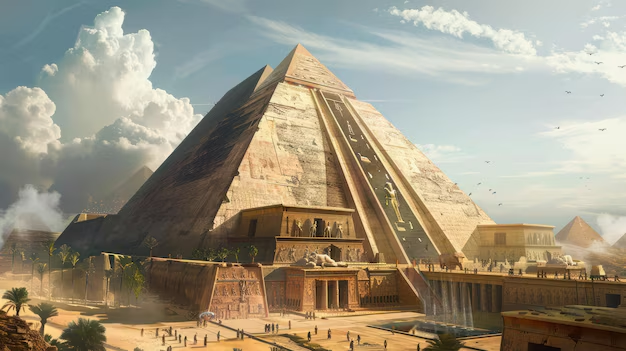
1. Construction Methods
- How were the pyramids built?
The most famous pyramids, such as the Great Pyramid of Giza, were constructed around 4,500 years ago during Egypt’s Old Kingdom (around 2580–2560 BCE). - Scholars still debate how the Egyptians managed to build these massive structures, especially without the advanced technology we have today.
- The Great Pyramid consists of over 2 million stone blocks, each weighing several tons. While the exact methods remain unclear, theories range from ramps and levers to counterweights and manpower.
- Transporting the stones:
Some researchers believe that workers transported massive stone blocks from quarries along the Nile River using boats and sledges. Others suggest that the stones were hauled up the pyramid in spiraling ramps built around the structure as it grew.

2. Purpose of the Pyramids
- Tombs for Pharaohs:
The most widely accepted theory is that the pyramids served as monumental tombs for the Pharaohs. The pyramids, especially the Great Pyramid, are believed to be designed to ensure the Pharaoh’s journey to the afterlife, aligning with the ancient Egyptian belief in immortality. - Astrological Alignments:
Some scholars have speculated that the pyramids also had astronomical significance. The Great Pyramid is aligned with remarkable precision to the cardinal points of the compass, and its dimensions are said to reflect mathematical constants like pi and the golden ratio. - This has led to the theory that the Egyptians may have used the pyramids for astronomical observations or symbolic connections with the cosmos.
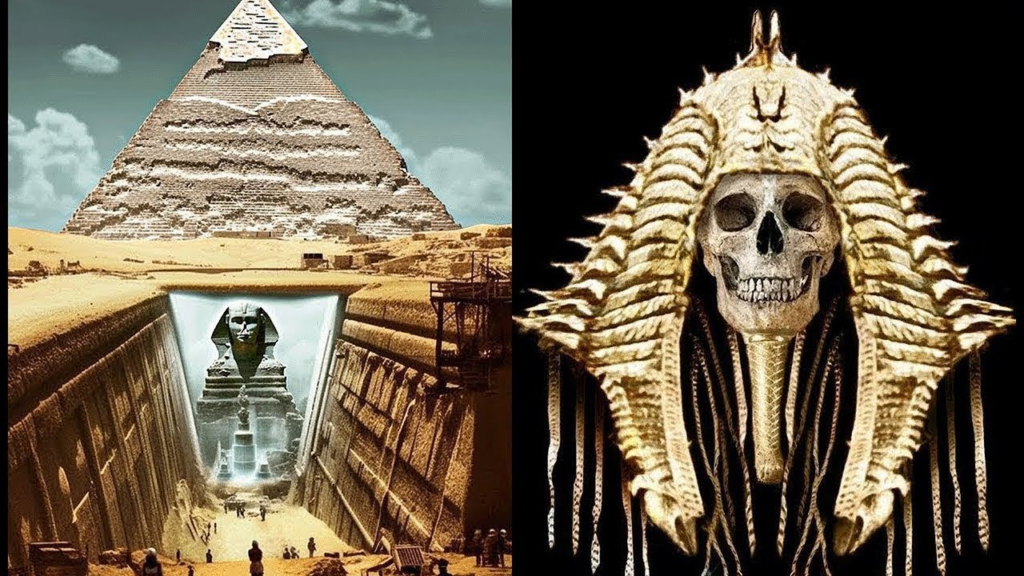
3. The Great Pyramid of Giza
- The Pyramid’s Dimensions:
The Great Pyramid (Khufu’s pyramid) is one of the Seven Wonders of the Ancient World and the only one still largely intact. - Originally, it stood at 481 feet tall, but due to erosion, it now stands at 455 feet. Each side of the base measures about 756 feet, and its total volume is estimated at 2.5 million cubic meters of stone.
- Precision and Mathematics:
The Great Pyramid’s design is a marvel of engineering. Its alignment with true north is incredibly accurate, and the construction process is believed to have involved an advanced understanding of geometry and mathematics.
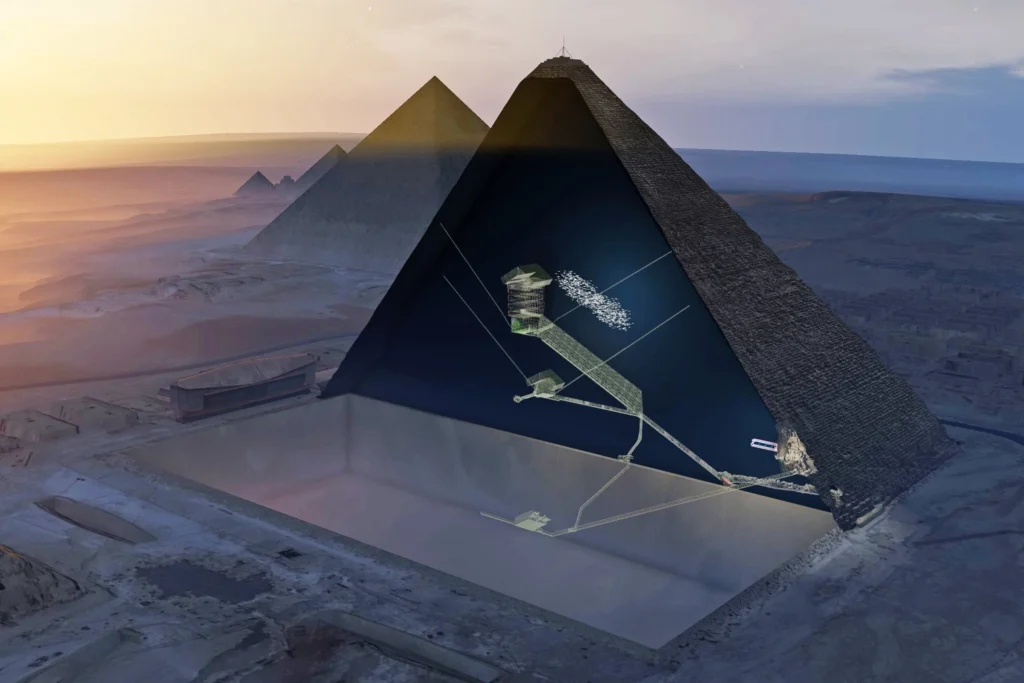
4. Theories and Speculations
- Extraterrestrial Involvement:
Some fringe theories suggest that the pyramids were built with the help of extraterrestrials or advanced lost civilizations. - These ideas are often based on the immense scale of the construction and the precision of the measurements, leading some to believe that ancient Egyptians might not have had the technological capabilities to create such monumental structures.
- Lost Knowledge and Ancient Technology:
Another theory proposes that the ancient Egyptians had access to lost technologies, which enabled them to build the pyramids. - This hypothesis suggests that there was a level of sophistication and knowledge that has been lost over time due to the collapse of previous civilizations.
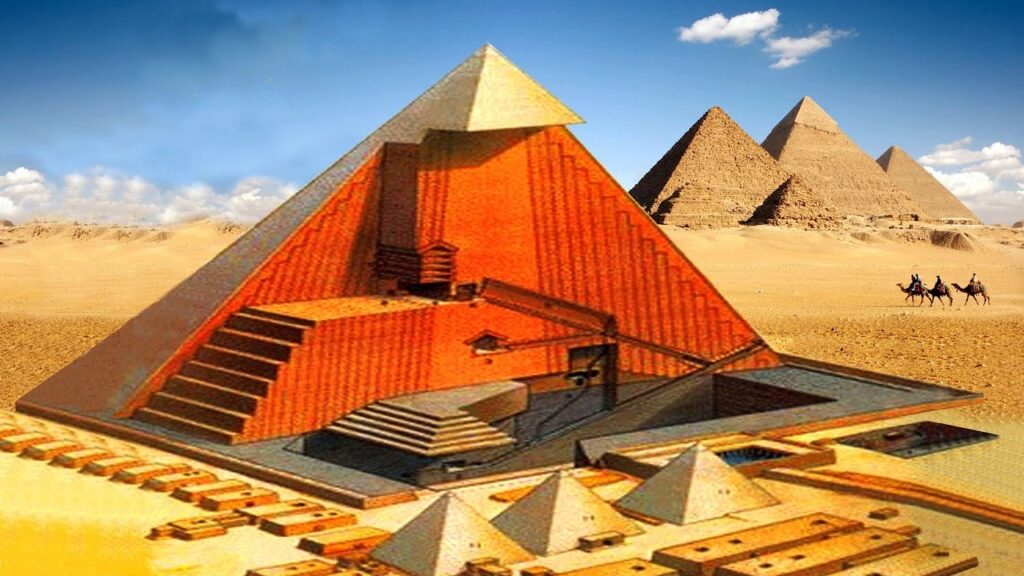
5. The Mystery of the Sphinx
- The Great Sphinx of Giza, a colossal limestone statue with the body of a lion and the head of a Pharaoh (commonly believed to be Pharaoh Khafre), is part of the pyramid complex and adds to the intrigue surrounding the pyramids.
- The purpose of the Sphinx and its construction methods are still not fully understood, and some have proposed that the Sphinx may be much older than traditionally thought.
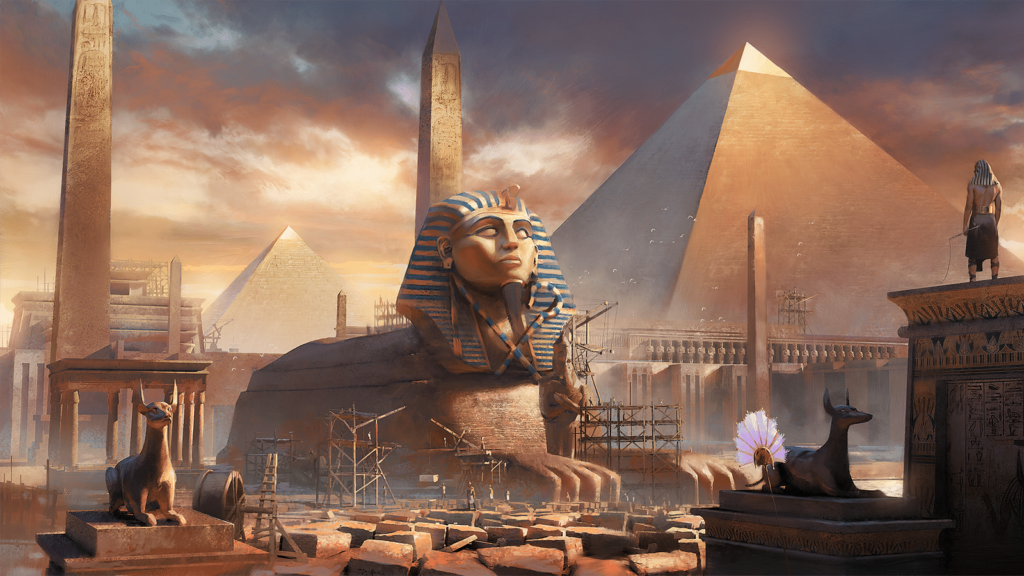
6. The Role of Workers
- Labor Force:
Contrary to the old theory that slaves built the pyramids, evidence now suggests that the construction of the pyramids was likely carried out by skilled laborers, farmers, and craftsmen who worked on the pyramids during the flooding of the Nile when their agricultural work was temporarily halted. - Workers’ Tombs:
Archaeological discoveries in recent years have uncovered workers’ cemeteries near the pyramids, indicating that the builders were respected and honored in death, as opposed to being forced into labor.
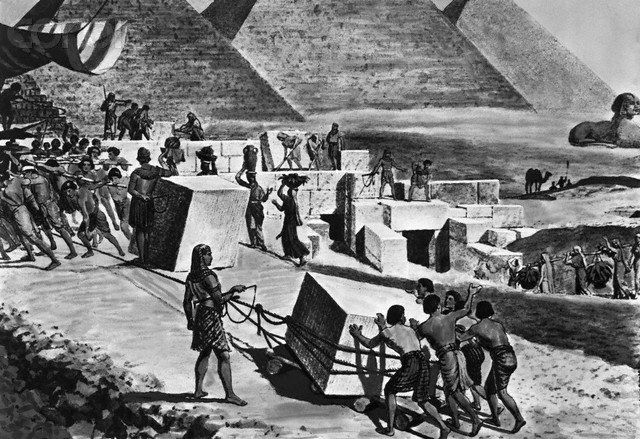
7. Theories on Purpose Beyond Tombs
- Energy Sources:
Some modern theories suggest the pyramids may have had a purpose beyond mere tombs. One speculative theory proposes that the pyramids were used to generate energy or harness Earth’s electromagnetic fields. - These ideas have not been substantiated, but they continue to attract attention in popular culture.
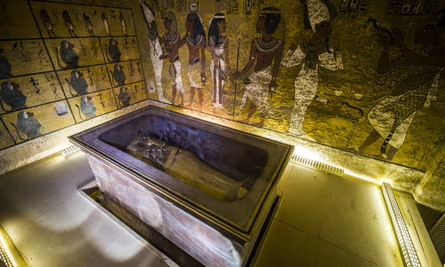
8. Ongoing Research and Discoveries
- Advances in Technology:
New technologies, such as ground-penetrating radar and 3D scanning, are providing fresh insights into the pyramids. - These techniques have uncovered hidden chambers and passages in the Great Pyramid, leading to speculation that there may be undiscovered secrets within the pyramids yet to be revealed.
- Archaeological Excavations:
Ongoing excavations around the pyramids continue to provide valuable information about the lives of the ancient Egyptians and the methods they used to create these grand structures. - However, many questions remain unanswered, and some believe the full story of the pyramids has yet to be revealed.
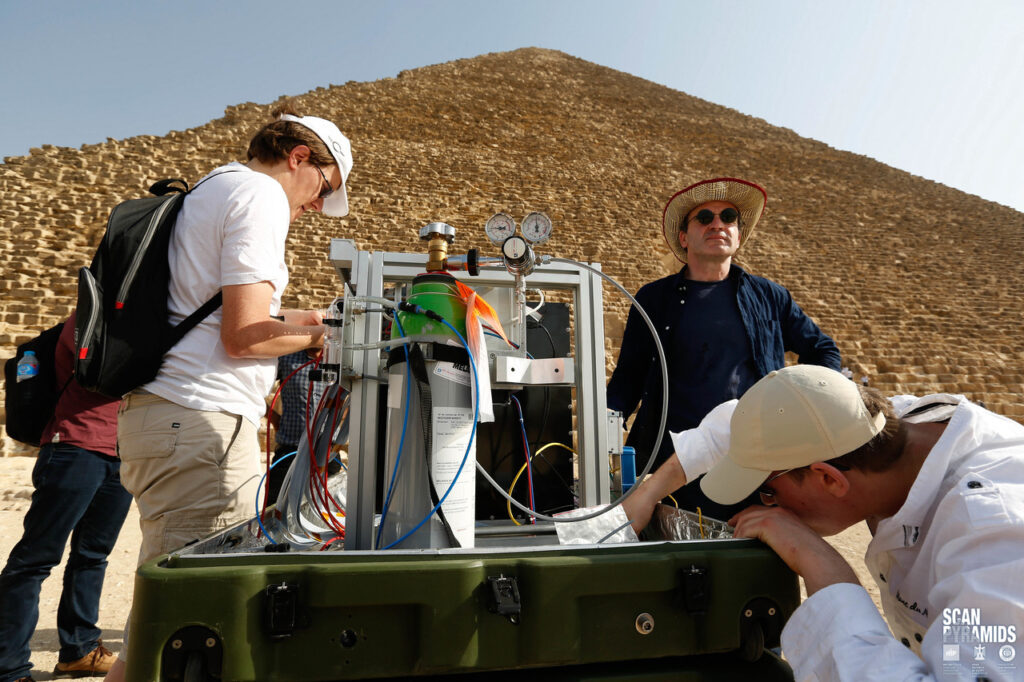
Conclusion
The mystery of the Egyptian pyramids endures because of their sheer scale, precision, and the incredible knowledge required to build them. While we have made significant strides in understanding their construction, purpose, and cultural significance, many aspects remain enigmatic. The pyramids continue to inspire curiosity, with new discoveries and theories keeping the debate about their true meaning and origins alive.


